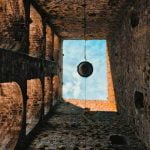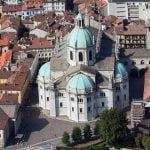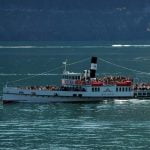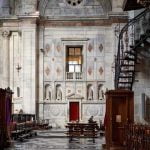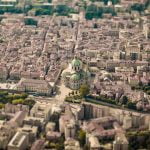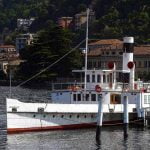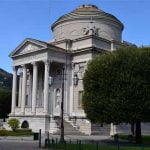Como is a small city in the Lombardy region of Northern Italy, located along the western branch of the beautiful lake of the same name. This settlement is renowned worldwide for its charm. The original urban nucleus has a characteristic rectangular structure that still bears testimonies of Roman origins.
Como was originally a military stronghold between the Po Valley and the Alps, but traces of earlier civilizations are abundant in the entire Lake Como territory.
During the Middle Ages, the municipality developed an orthogonal layout, faithful to the Roman castrum. The layout did not undergo substantial alterations during the Visconti and Spanish periods, but a neoclassical restructuring gave the town the aspect it preserves to this day.
Over the centuries, demographic and urban development had a modest progression. Between the end of the nineteenth century and the beginning of the twentieth, the city experienced a rapid expansion that involved the aggregation of the ancient suburbs and an adaptation of the city’s layout to the morphological configuration of the alluvial basin, where Como is situated.
Later on, the development of the main traffic arteries connected Como to the Varese, Milan, and eastern Brianza areas, with subsequent growth of the tourism sector.
PREHISTORY OF COMO
The first permanent settlement in the Como area was most likely created by ancient Ligurian civilizations belonging to the Polada culture. These people took advantage of the fertile swampy area despite the presence of water, building the first stilt dwellings raised on tree trunks in reclaimed areas.
Historians believe the first dwellings in the region date back to the Bronze Age, and, over time, these primordial villages developed and expanded inland.
The arrival of the first proto-Celtic populations determined the rise of the Golasecca culture, which supported a strong process of development not only in the Como area, but in most of Northwestern Italy.
Archaeological evidence shows real phenomena of proto-urban development between the eighth and sixth centuries BC. This development determined an economic evolution of the area and the expansion of the cultural importance throughout the territory.
At the same time, the area of Como witnessed a true phenomenon of social stratification accompanied by structural changes in the community and the formation of the elite and lower classes.
With the arrival of the Etruscans, the area entered into a period of decline characterized by rough political, military, and fiscal terms. Yet, at the same time, after a first negative impact on the area, the Etruscan hegemony proved itself beneficial through the creation of new communication routes with Central Europe.
These events led to a notable increase in regional wealth and determined important cultural changes in the Como area; it is believed the Etruscans established themselves in the region permanently.
Historical evidence shows that the fusion between the locals and the Etruscans marked the beginning of a wealthy period, as testified by significant evidence found in the nearby necropolises.
The wealth of the area did not pass unnoticed by the other nearby civilizations, and Como became of interest to the Gauls. These people of transalpine origins were already established in the Po Valley, and starting from the fourth century BC, they began a slow yet steady migration towards the lake.
Their arrival in the area gave birth to the first politically organized settlement under the Celts.
The Gallic invasion in the Etruria Padana area combined with the pressure exerted by the Romans annihilated the Etruscan power, exposing Como to a new wave of occupation, this time of Gallic origins.
During the fifth century BC, the Gauls took possession of Como, establishing a hierarchical society. Their passage gave rise to numerous castles and city walls, transforming the original settlement into a fortified center.
In fact, the Romans found a well-organized territory on their arrival, divided into 28 castles surrounding the capital.
The Roman conquest of Como began in 225 BC and ended in 196 BC, after the outbreak of the Second Punic War.
Similar to the events in many other conquered settlements, the Romans linked the new territory to Rome by a federation bond but allowed the preservation of the local autonomy. In exchange, Rome knew it could count on the absolute and perennial loyalty of the newly conquered people.
At first, the Roman presence in the region was sporadic, until the capital began to exert its commercial and military expansionist ambitions beyond the Alps. Nevertheless, their presence in Como marked the beginning of economic, political, and military development, with the settlement becoming an important strategic colony.
HISTORY OF COMO
In 89 BC, Como was devastated by an attack perpetrated by the Reti civilization. A few years later, on the emperor’s orders, a legion of 3,000 settlers arrived in Como and settled on the slopes surrounding the valley, creating Colonia, one of Como’s districts.
However, it was Julius Caesar that laid the foundation of Como as we know it today. Aiming to strengthen Como’s importance as a communication route with Central Europe, he deployed a proconsul in the area, investing him with the power to establish “New Como” and surround it with city walls.
These events were followed by a rapid urbanization process that saw over 5,000 people resettled from other regions and the establishment of some of the most important Roman edifices.
In 49 BC, Como acquired Roman citizenship, while its statute transformed it from a mere Latin colony into Roman municipium. This transformation not only affected the citizens, who were now granted full rights under the jurisdiction of Rome, but the city got its own Curia administered by four magistrates.
The new Roman rule brought wealth in Como; the city witnessed a fast urban development primarily financed by the donations of Pliny, who built a library and a spa in the area. Thanks to the growing wealth, the city soon gained numerous other public buildings, including a forum, baths, temples, a port, and new city walls.
Towards the end of the first century BC, Como became an important intersection point of the Via Regina, gaining fundamental importance in trade towards central Europe.
Economic wealth was still on the rise, and the Romans started to replace the Gallic divinities with the Roman ones by building new statues and worship temples, most of them dedicated to Jupiter.
However, this condition was bound to come to an end in the first century AD, when a profound economic and political crisis shook the entire Roman empire. To aggravate the situation, the Germanic tribes were working their way into Northern Italy.
This led to the establishment of naval military power on the shores of the lake, raising the prestige of the city even more. In fact, when Milan became the de facto capital of the empire, the authority of Como was so extensive that it received the title of praefectus classis cum curis civitatis.
The major strategic role of Como was not so much the control of the land traffic though, but that of navigation, which was the privileged method of communication for both commercial traffic and troop movements in the transalpine area.
Due to the negative events involving the entire empire, though, Como soon became a place of exile for the future emperor Flavius Claudius Julius.
Luckily, the intervention of Emperor Constantine helped Como overcome the crisis, although the territory was fragmented into many autonomous provinces which were given the opportunity to consolidate their own social situations.
Nevertheless, the eastern intervention marked the beginning of another fortunate period for Como, which lasted until the middle of the tenth century. The territory then suffered the invasion of the Goths and the Lombards.
Though Emperor Otto I found support in Gualdoni, the bishop of Como, his reign came with struggles between rival families fighting for control over the municipality. The fights were interrupted by the beginning of the Decennial War between Como and Milan, which ended in 1127.
At the conclusion of the conflict, Como found itself besieged by the Milanese forces and burned to the ground. During these harsh events, the city lost most of its Roman grandeur, including a portion of the walls and numerous edifices.
To put an end to the struggles, Como allied with Holy Roman Emperor Frederick Barbarossa; under the alliance, the city found the power to rise from its ashes, rebuilding most of its structures and regaining its faith. Como was now aspiring to the lost hegemony, and with the help of the emperor, expanded its territory and consolidated its city walls.
Some of the works conducted during the era include the imposing towers of Porta Torre and the restoration works of the Castello Baradello that involved strengthening the structure and the construction of mighty watchtowers.
In 1162, as part of an alliance with Frederick Barbarossa, Como engaged in the siege and destruction of Milan. Following the events, the emperor, as a reward of loyalty, donated the Baradello Castle and the Tower of Olonio in Sorico to the community of Como.
The new Lombard power attempted to establish itself in the region through the implementation of a lordship, naming Loterio Rusca as a lord. Unhappy with their new ruler, the people expressed their disapproval through the voice of Giovanni degli Avvocati, the bishop of Como. As a result, the bishop was forced into exile, but the events did not bring a submissive behavior of the masses, on the contrary.
What resulted was a new war between Como and Milan, which ended in 1286 with the recognition of Rusca’s pre-eminence over the city of Como. With a short interruption, Rusca ruled in the region for decades, until Azzone Visconti annexed Como to the Duchy of Milan.
The annexation to the Duchy brought a short period of peace that ended in 1402 with the death of Gian Galeazzo Visconti. After his death, the Rusca attempted to regain their hegemony and establish a personal lordship in Como.
In 1412, power was granted to Loterio IV Rusca, and what followed was a period of devastation and massacres that lasted until 1416, when Como surrendered to Filippo Maria Visconti.
On Visconti’s death, Como experienced a short period of independence, during which it was known as the Republic of Sant’Abbondio, brought to an end by Francesco Sforza. The first attack was successfully rejected by the inhabitants, but only a few months later, Sforza forces assaulted Como again and the city succumbed.
The beginning of the sixteenth century saw Como and the entire territory surrounding the lake disputed between Sforza and French power. With the French occupation of the territory, the Ghibellines in Como were forced into exile; but the events determined the establishment of a Ghibelline militia that started to engage in harsh struggles against both the French troops and the Guelphs.
The clashes only came to an end in 1525 when, after the conspiracy of the betrayal of Francesco II Sforza, Como drifted under Spanish domination. The city, together with the entire lake area, was then involved in the war between France, Venice, and Spain. Most of the Lake Como territory was occupied by the partisans of the League, preventing a permanent Spaniard occupation.
In 1532, the Duchy of Milan restored its power in Como and the province under the rule of Sforza. At his death only three years later, the territory passed to the hands of Charles V. From this point forward, the history of Como followed the fate of the Duchy of Milan and later of the Lombard-Veneto Kingdom, up to the unification of Italy.
During both World Wars, Como proved its strategic importance, although it managed to get through World War II virtually untouched.
Today, the city is renowned for the beauty of its scenery and is one of the most important vacation destinations on Lake Como.
ARCHAEOLOGY
Archaeology is well represented both in Como and in the surrounding areas. One of the most noteworthy open-air sites is the archaeological area of Parco Spina Verde, holding evidence of the passage of various cultures, including the Golasecca civilization.
Paolo Giovio Archaeological Museum is a part of the Civic Museums of Como. It is housed in the eponymous palace and preserves artifacts found in the proto-historic necropolis of Ca’Morta, including mosaics, bas-reliefs, inscriptions, and other objects from the Roman era.
In the city of Como, lovers of history can visit the underground archeological site of the city’s Roman Thermal Baths (Terme di Como romana), which were in use from the first century AD to the third century AD. In Via Zezio, it is also possible to see the ruins of an Ancient Roman Villa. Dating back to the second century AD, today only the porch is visible after undergoing restoration works.

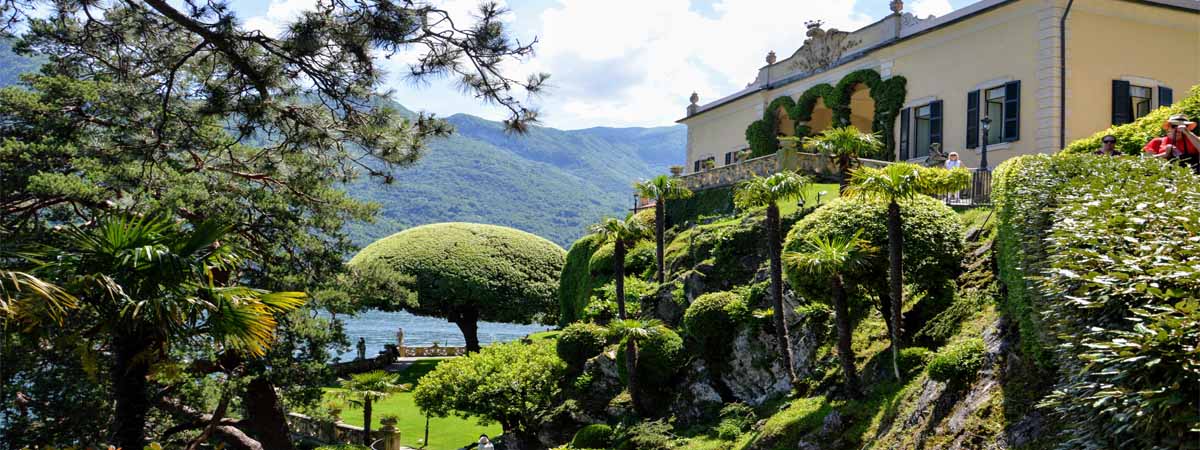
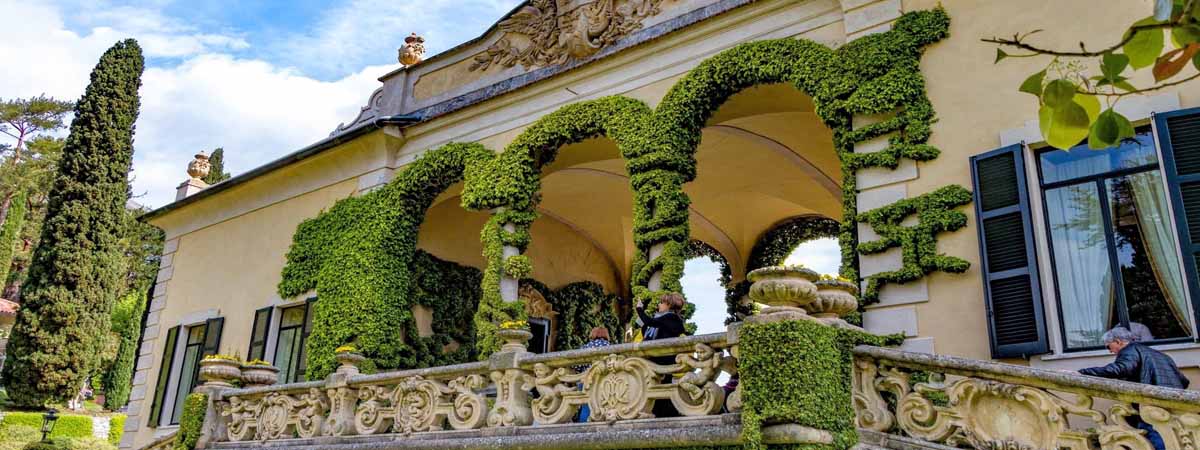
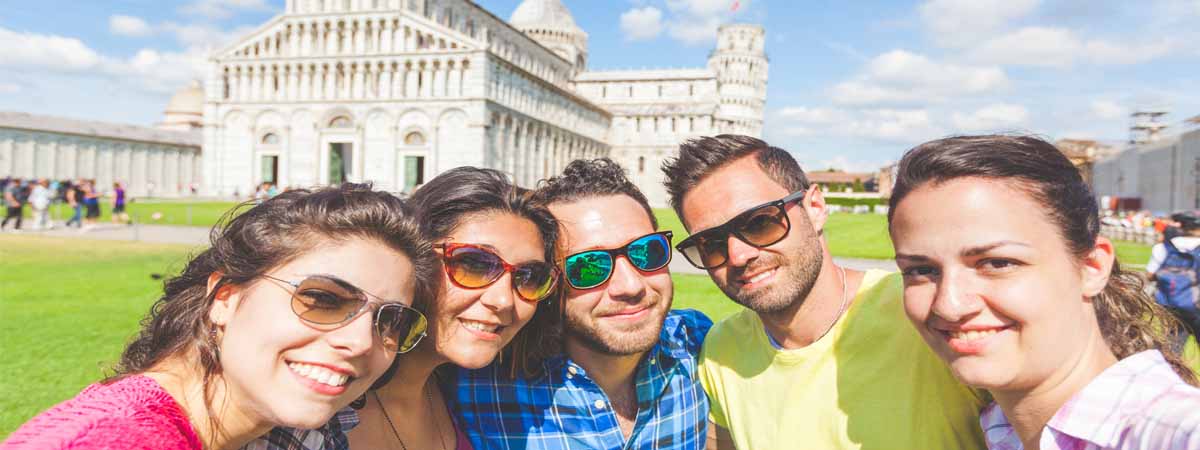
Travel Guides
[wudrelated include="1837"]
The Lombardy Region of Italy
[wudrelated include="2510"]
The Cities of Lombardy, Italy
[wudrelated include="3493"]
